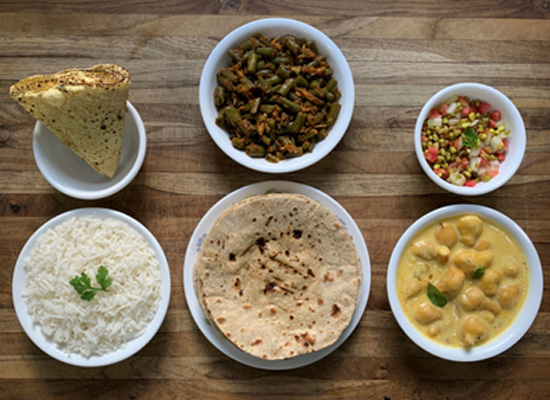Traditional foods are more than just sustenance; they represent the culture, history, and shared memories of generations. From hearty stews to rich curries, traditional dishes offer a comforting link to the past. However, as dietary preferences evolve and people seek to maintain balanced nutrition, some of these beloved recipes may seem out of sync with modern approaches to eating. The good news is that with a few thoughtful adjustments, traditional meals can be updated to support contemporary dietary goals while retaining their authentic flavors and essence.
Embracing Traditional Wisdom
Many traditional diets already have elements that align with modern principles of nutrition. For instance, the Mediterranean diet—rooted in traditional eating patterns—emphasizes fresh vegetables, whole grains, healthy fats, and lean proteins. Similarly, Asian cuisines often feature fermented foods, nutrient-dense vegetables, and seafood, which support digestive health and overall wellness. Recognizing these inherent strengths can be the first step toward adapting traditional recipes without losing their authenticity.
Incorporating Whole Ingredients
One simple yet impactful way to modernize traditional foods is by focusing on whole, minimally processed ingredients. For example, swapping out refined grains for whole grains can maintain the texture and flavor of dishes while boosting fiber and nutrient content. In a classic Italian risotto, using whole-grain farro instead of Arborio rice offers a nutty twist and sustained energy release. Similarly, traditional tortillas made with stone-ground corn masa retain more nutrients than their refined flour counterparts.
Rethinking Cooking Techniques
Cooking methods can also play a significant role in adapting traditional recipes. Instead of deep-frying, consider baking, grilling, or air-frying to achieve similar textures without excess oils. A favorite comfort food, fried chicken, can be transformed by oven-baking with a crispy panko coating. Similarly, steaming or stir-frying vegetables with minimal oil can help maintain their natural flavors and nutritional integrity while staying true to traditional cooking styles.
Balancing Flavors with Nutrient Density
Traditional foods often rely on rich ingredients like butter, cream, or sugar to achieve their signature flavors. While these elements are essential to some recipes, balancing them with nutrient-dense alternatives can make dishes more supportive of modern dietary needs. For instance, coconut milk, popular in Southeast Asian cooking, can be lightened by mixing it with unsweetened almond milk without compromising taste. Sweeteners like honey or maple syrup can replace refined sugars in desserts, offering a natural touch while reducing processed content. Products like Cellsentials can complement a balanced diet by supporting general health maintenance and well-being, but they should be used alongside nutrient-rich foods for the best results.
Adding a Plant-Based Twist
Integrating more plant-based options into traditional dishes is another way to modernize them. Substituting lentils or chickpeas for meat in curries, stews, or even burgers can maintain protein content while adding fiber and supporting sustainability. In Italian cuisine, a hearty eggplant parmesan can be prepared as a satisfying main dish without the need for heavy layers of cheese. Small shifts like these allow traditional recipes to appeal to a broader range of dietary preferences while retaining their familiar appeal.
Preserving the Spirit of Tradition
When adapting traditional foods, it’s crucial to honor their cultural roots. These dishes are often tied to rituals, celebrations, and the identities of entire communities. Engage with family members or research the history behind a recipe to ensure changes don’t erase its significance. For instance, if modifying a holiday dish, try to keep the preparation process or presentation method as close to the original as possible, so it remains recognizable and meaningful.
A Delicious Bridge Between Past and Present
Adapting traditional foods to modern diets doesn’t have to mean abandoning cherished recipes. By making thoughtful substitutions, incorporating fresh techniques, and respecting the cultural significance of each dish, it’s possible to maintain the balance between honoring the past and supporting present-day health goals. This approach not only keeps traditions alive but also ensures they continue to nourish future generations in new and meaningful ways.
Whether it’s a comforting bowl of pho, a spiced tagine, or a festive tamale, traditional foods can find a place in modern diets with a little creativity. After all, food is not just about sustenance—it’s about connection, memory, and the joy of sharing something meaningful with others. By bridging the gap between tradition and modernity, we can savor the best of both worlds, one dish at a time.










